When you are looking for a short-term loan, it is easy to get swayed by the low-interest rates offered by credit cards.
However, there are several important factors that you need to keep in mind while deciding whether to take a personal loan or a credit card.
This blog looks at those different factors and helps you choose between a personal loan and a credit card.
Read on to understand the pros and cons of personal loans and credit card
There are two kinds of credit: secured and unsecured. Unsecured forms of credit include personal loans and credit cards, which are linked to your CIBIL score.
The interest rates may vary depending on your bank or institution. There are specific charges attached to both types of credit. Any default in the timely payment attracts penalties.
Personal loans are different from credit cards in that personal loans provide a lump sum amount of money that you pay back each month as equated monthly installments (EMIs) until your outstanding amount becomes zero, while credit cards provide you with a credit limit based on your income and spending patterns.
How much amount you need and how quickly you can repay the debt are the two most important factors when making a decision.
When you are going for a big-ticket purchase or debt consolidation, consider a personal loan. And, credit cards are handier for doing your grocery shopping or fuel purchase.
We’re here to help you make the right decision. Let’s take a look at some of the factors that you need to take into account when deciding whether a personal loan or credit card makes the most sense for your next purchase.
1. Understand the difference between revolving credit and fixed credit
The monthly spending limit on your credit card is relatively lower, which is also known as ‘revolving credit’. You can use this limit to its full making purchases and piling up a debt that you need to pay off in full before the due date.
However, if you only pay the ‘minimum due amount’ or any amount less than the total outstanding, you will have to pay interest on this debt.
Interestingly despite not clearing off the full outstanding, you are allowed to continue to make new purchases till you exhaust your credit limit completely. This ease of use makes credit cards a high-risk option.
However, the beauty of credit cards is that it provides you the flexibility to spend as much as you want within your approval limits, without having to make a fresh application as you do with a personal loan.
Contrary to the ‘revolving credit’ offered by a credit card, a personal loan offers you a fixed credit.
Here almost the total principal loan amount (after deducting some processing charges) is released into your bank account and now you are required to pay fixed monthly installments for the duration of the loan. Your EMI consists of part principal and part interest on your loan amount.
Unlike a credit card, where you are allowed to continue to spend even if you have not cleared your past dues, a personal loan doesn’t allow you to respond to the amount that you have already paid.
You can’t even increase the limit of your sanctioned personal loan, which can be done in certain instances with credit cards. Hence personal loans offer you more discipline, more restraint, and in turn more peace of mind.
2. ‘Interest-free period’ is your best ally
It is important to note that eligibility for a personal loan or a credit card does not automatically mean you will get the best interest rate possible. Your overall credit score and current financial situation, as well as your payment history, will have an impact on what interest rate you can expect.
Personal loans usually offer a lower interest rate than credit cards but are not as instant as credit cards.
You’ll pay a considerably higher interest rate on a credit card than on a regular bank loan, but you’ll have an interest-free period between 45 to 60 days where you can repay the balance amount without being charged a single rupee as interest.
3. The urge to swipe is real
Credit cards’ biggest blessing is also its biggest curse – the ease of use. While you can easily create a budget for your planned purchases, you end up flashing the plastic.
In the beginning, you apply for a credit card to take care of simple purchases like making a monthly electricity payment or fuelling your car at the petrol pump, but it is all these little purchases – some logical, some impulsive, that add up quickly and get converted into a huge credit card debt.
Since a personal loan is a fixed credit, it doesn’t have the same pitfalls as revolving credit. You simply apply for a personal loan for a pre-decided amount. Once the loan gets disbursed, you can spend exactly as you’ve planned.
The only way you can end up spending more money is by applying for another loan, which is not as easy as swiping your card. So in this case, you shield yourself from getting stuck into an unforeseen debt.
So, to sum it up, how should you pay for your upcoming purchase?
It all depends on your financial condition and your affordability to pay.
In case you are confident that you’ll be able to make full monthly payments on your credit card, then this is the best way to pay for any small or medium purchases.
After all, the cheapest way to pay for anything is to pay without any interest. However, if you default month after month or pay only the ‘minimum amount due’, you will end up paying a much higher interest as compared to a personal loan.
If you have an inkling that you won’t be able to pay off your credit card balance within the interest-free period, then a personal loan is your best bet.
This option can be used if you are planning to finance a large or long-term purchase, like renovating your home or attending to a health emergency.
You can also use this option to consolidate your debt, provided the amount saved through debt consolidation outweighs any loan processing charges, which normally range between 3% to 5% of the loan amount.
Please note that a good credit score is key to getting quick approvals and favorable interest rates.
Whether you choose a personal loan or a credit card, please remember that ultimately, they are both debts.
Before you decide to go for either of them, take a hard pause and decide whether you really need to make that purchase at this point.
Try to delay your expenses if possible and always check the processing fees and other charges before you apply for any loan or swipe your card.
If you are still not sure, we at Koshex can help you make the right decision.
FAQs
I have a home loan. Can I still apply for a personal loan?
Ans. Yes, you can. However, the lender will look at your repayment capacity to repay the proposed personal loan.
Can I convert my credit card purchases into EMIs?
Ans. Yes, you can. However, it is advisable to check EMI options even before making a purchase as the interest rate on EMIs varies from one credit card to another.

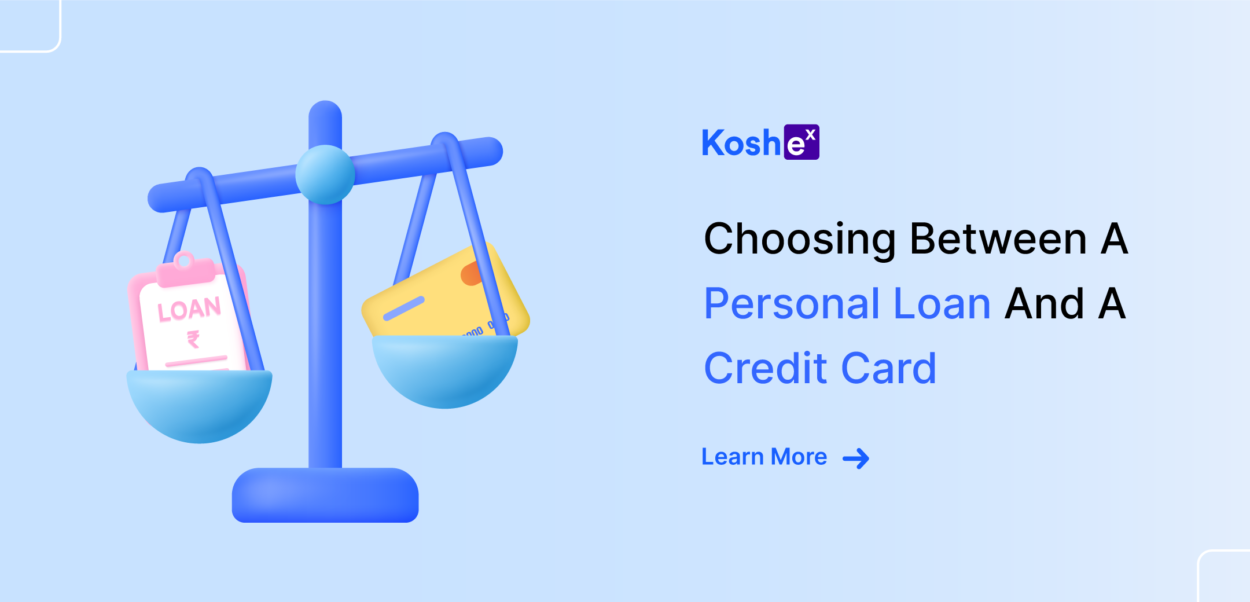
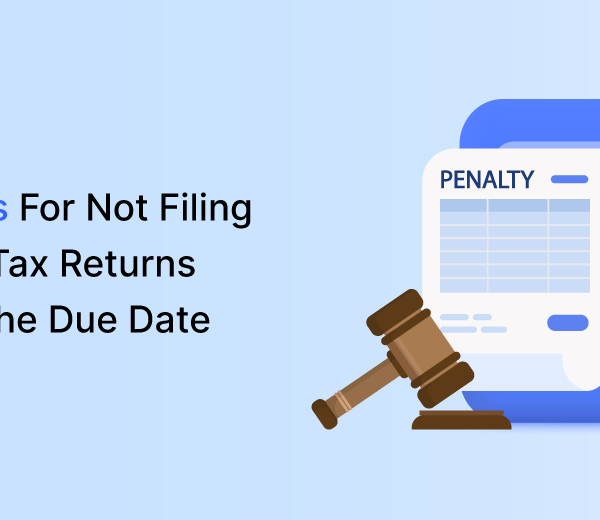
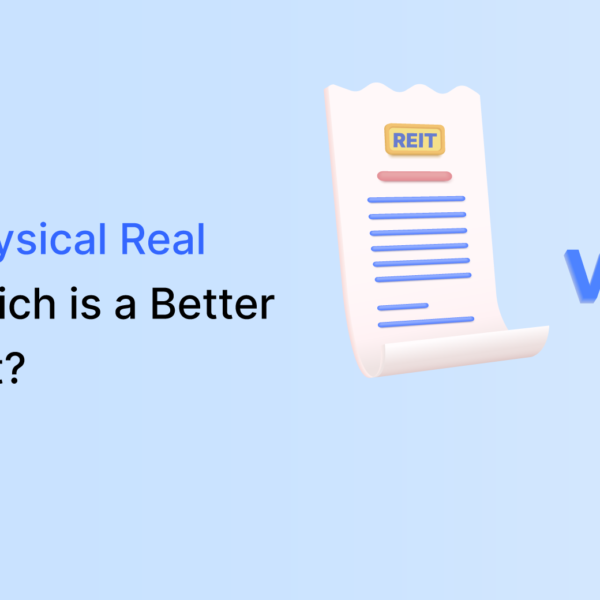

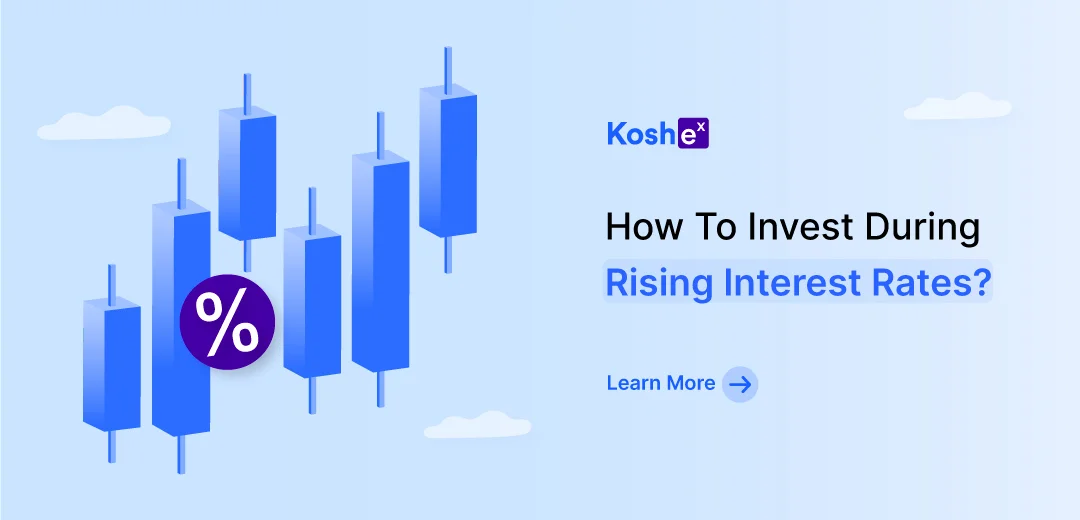
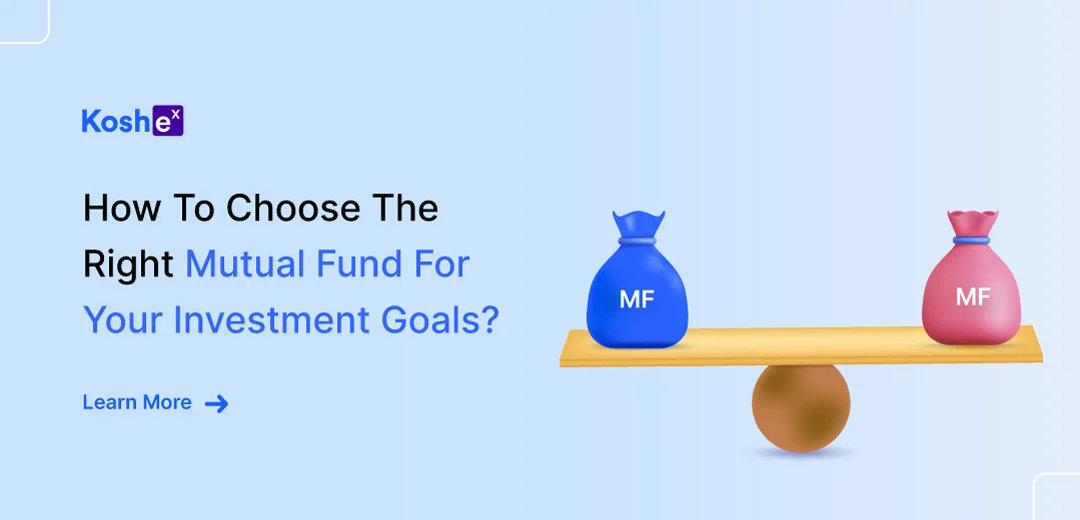


Leave a Comment